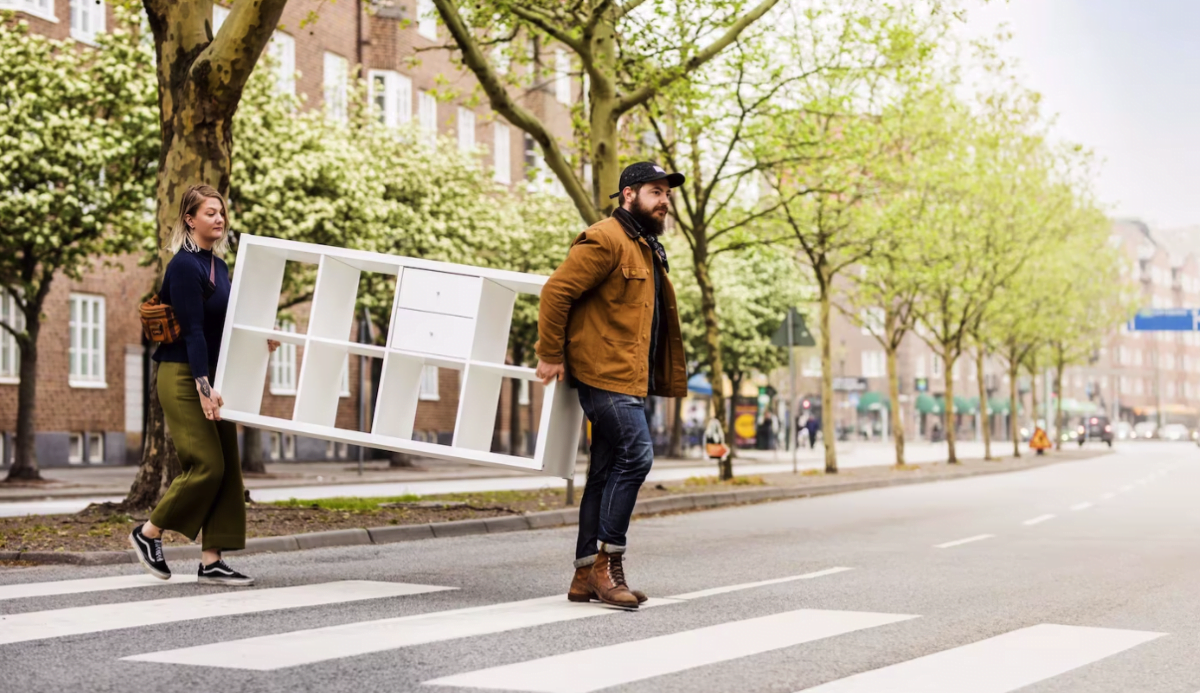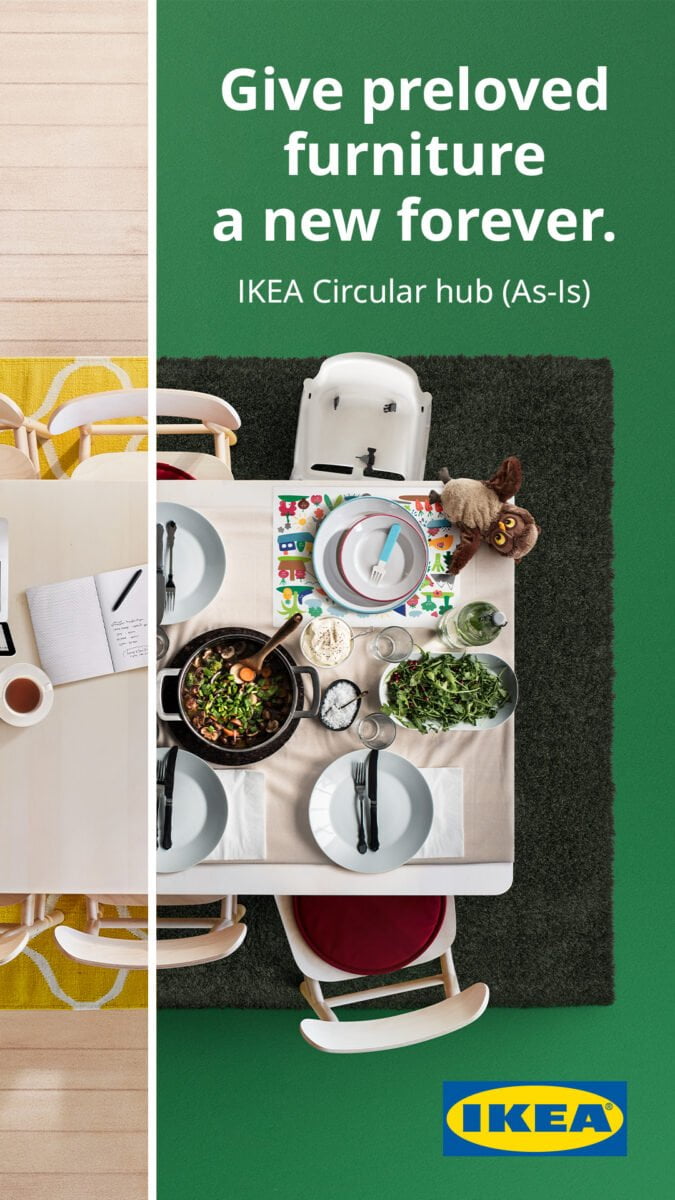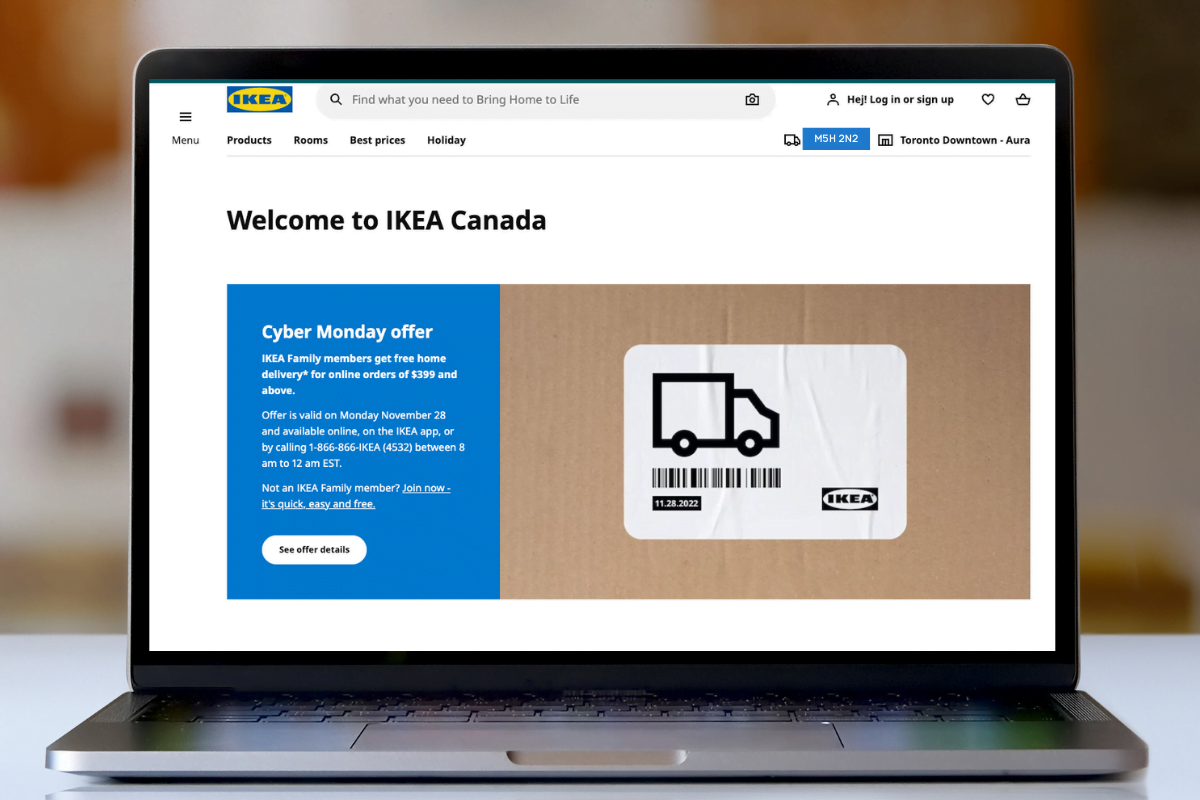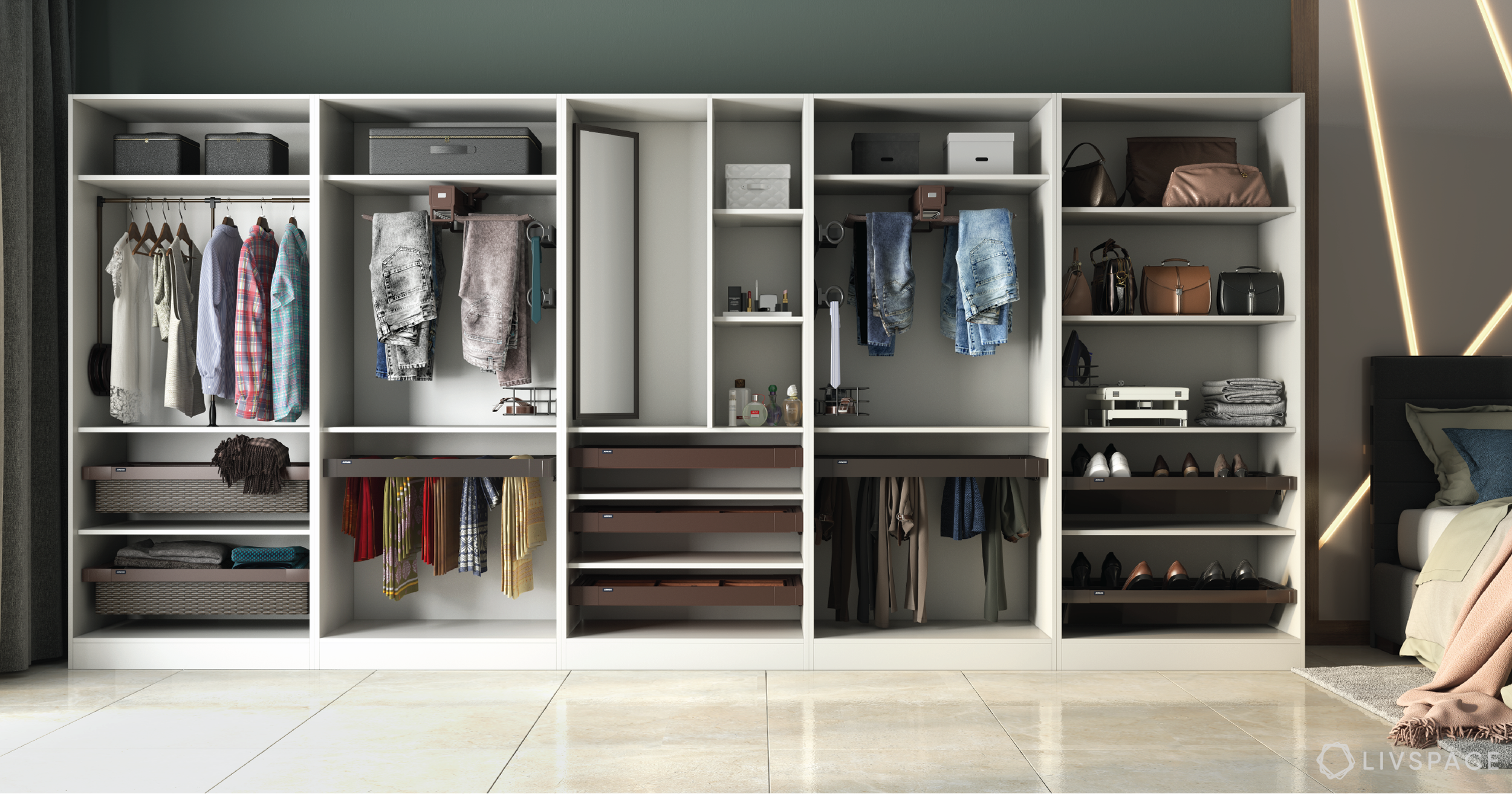Sustainability has become a key issue for consumers today as retailers adapt to shifting behaviours.
According to the IKEA Green Friday Survey, 78 per cent of Canadians say that retailers should sell second-hand options at a discount. Also 62 per cent of shoppers say that inflation has made buying second-hand furniture more appealing than before.
As well, 53 per cent of Gen Z shoppers in Canada see retailers as not sustainable if they do not have a way of buying back used products.

During the recent Black Friday sales, IKEA Canada shifted the conversation from mass to considerate consumption by putting sustainability and circularity at the core of its offer, said Helene Loberg, Country Sustainability Manager, IKEA Canada.

“By taking a stand on Black Friday and offering customers an opportunity to give pre-loved furniture a new home, we hope to contribute to a brighter future,” she said.
She said many consumers today want to know what they’re buying, where it’s coming from, what it’s made of. They want to make sure that they’re making good choices when they spend their money. Retailers like IKEA today are providing consumers more information when it comes to that.
On the recent Black Friday, IKEA asked customers to shop pre-loved furniture from its Circular Hub. IKEA Canada’s Circular Hub houses affordable pre-loved products, showroom displays and discontinued items.

Until November 30, IKEA is providing an additional 25 per cent off gently used items found in the Circular Hub As-Is section. As a bonus, customers can also choose to sell back their own IKEA furniture for an extra incentive.
Loberg said the As-Is section in IKEA stores has been around for many years.
“Usually what happens is the customer is coming in and checking out what we have in the As-Is corner, the As-Is department. That’s where we are selling either furniture that has been returned, that we can’t put back on the shelf again or it could be displays that we have used in the store and when we do a lane change we take those displays down and we sell them for a discount in the As-Is section,” she said.
“Usually customers are checking that corner first just to see if they can find something that is a really affordable price and if they don’t then they would continue the shopping through the store.
“From a couple of years back, we are providing a sell back program so customers can sell back their IKEA furniture. And that is great. If you are thinking about buying something new, you can actually see if you have something that you can sell back then you get a store credit that you can use towards your new purchase.
“These are the options that we are offering currently and I think that is actually something I expect to expand. I see a bigger interest. And I think affordability is something that is driving that now. People are looking for more affordable products.”
She said the As-Is area is part of IKEA’s approach to sustainability.
“We don’t want to throw away anything. So when people are returning furniture that for some reason they do not want or maybe it was a wrong choice, if there is some sort of damage and we can’t put it back and sell it then we will sell it in the As-Is section,” added Loberg.
She said the company is working on assessing every single product to see how it can make those products live a longer life. It has a number of sustainability criteria it is using when it is assessing the products.

IKEA’s Green Friday Survey also found:
- 68 per cent of Gen Z shoppers said that buying back and reselling furniture is something that furniture retailers should be doing;
- 74 per cent cent of Gen Z consumers think it’s important for retailers to keep their products from ending up in landfills;
- 81 per cent of Canadians own second-hand furniture, with the majority (72 per cent) having received furniture from family and friends;
- 65 per cent plan to pass it on to family and friends when they are finished with it;
- 66 per cent say buying second-hand furniture helps them stay in budget, and 62 per cent say inflation has made buying second-hand furniture more appealing than it was before;
- Buying second-hand makes Canadians feel responsible with their money (61 per cent) and less likely to make impulse purchases (43 per cent);
- 79 per cent agree that purchasing second-hand furniture is good for the environment;
- 54 per cent say they would rather repair an imperfect piece of furniture than replace it;
- 41 per cent say they enjoy upcycling or customizing second-hand furniture. 59 per cent believe second-hand furniture tends to have more of a story than new furniture;
- Canadians overwhelmingly believe that it’s important for retailers to work to keep their products from ending up in landfills, while many also state retailers should sell second-hand options at a discount (76 per cent and 78 per cent respectively.)


![IKEA Canada Pushes Sustainability with Second-Hand Furniture Campaign [Interview] IKEA Canada Pushes Sustainability with Second-Hand Furniture Campaign [Interview]](https://39116gallery.com/wp-content/uploads/2022/11/IKEA-Canada-Pushes-Sustainability-with-Second-Hand-Furniture-Campaign-Interview.png)


